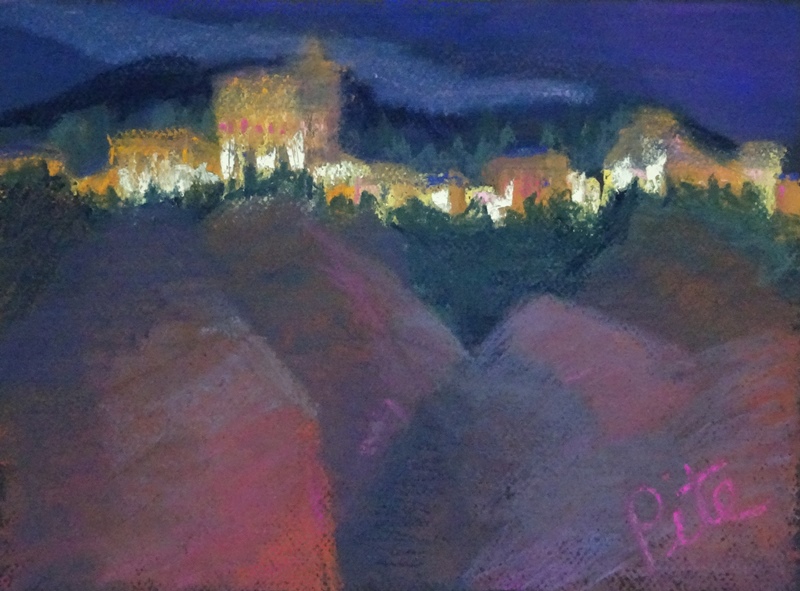Andalusia’s Ancient Waterways

A recent article in the New York Times explained how parts of Andalusia, in southern Spain, are using techniques from the Middle Ages to combat climate change. Known as acequias, the clever systems were designed by the Moors, who ruled southern Spain during a golden age of knowledge, culture, science and architecture.
Their acequia irrigation canals made it possible to farm an arid land by slowly sifting and holding water underground, to fill rivers and fountains when needed. Modern reservoirs and distribution pipes rendered them obsolete – until they weren’t, with today’s droughts. Now archeologists and villagers are scrambling to locate and unearth the old systems, before everyone with knowledge of their workings and whereabouts dies.
Advanced techniques like this made Andalusia into a farming powerhouse. It also enabled the Moors to build gems like Seville’s castles, Cordoba’s mosque with its surrounding orange trees, and the famous Alhambra in Granada, with its fountains and reflecting pools. All of them awed us during a fascinating trip to southern Spain, but most memorable was our first glimpse of the Alhambra.
We had missed lunch (train was cancelled, bus was slower) and were too early for dinner (not until at least 8 pm in Spain), so we wandered into line at a tourist trap. This was much against our better judgement, but it was open, and outdoors, and we were starving. We sat there watching a spectacular sunset turn the mountains bright pink, then saw floodlights come up across the way – and realized we were staring at the Alhambra glowing golden in the setting sun. Just magical!
Had no idea we had such things here, JP – fascinating! It would stand to reason they brought those skills from Spain. I just read a mystery where the hypothesis was that Columbus had been a converso, a Jew who converted to avoid violence and the Inquisition. The story said his explorations were intended to find a safe place in Asia for the Jews, but, of course, he landed in the Caribbean instead, where most of the novel was set.
It’s a gorgeous part of Spain – architecture, culture, etc.
Serendipitous indeed! I am now on the board of our Ute Creek Water Users Association, where we manage the acequia system off of our little mountain stream, Ute Creek (colloquially known as Rito del Uta). These are ancient ditches that were originally dug when the Moors immigrated to Mexico then headed North to New Mexico where they were given land by the King of Spain (what was once given by the King hath taken from the Ute Indians). Anyway, as second in command to our majordomo who determines who gets to take water when, life can sometimes be fraught as the only Anglo in the area negotiating with Hispanic heirs’ water rights. In recent past, pistols have been pulled and shovels ministered over such negotiations. An interesting fact: some of our local, religious Catholic Hispanics have uncovered in their great grandmother’s jewelry boxes, Star of David necklaces, Mezuzahs and other Jewish paraphernalia – what is now known as “Cryptic Jews”, or hidden Jews, they emigrated from a not too hospitable Spain to the new world and hid their Jewish past. There was a great show at the Santa Fe Museum on this. More at: https://www.nmhistorymuseum.org/exhibition/details/2605/fractured-faiths-spanish-judaism-the-inquisition-and-new-world-identities
So, probably your only fan who actually has acequias for which you’re welcome to come and paint anytime!
I think my sister and brother-in-law were there or in the area!